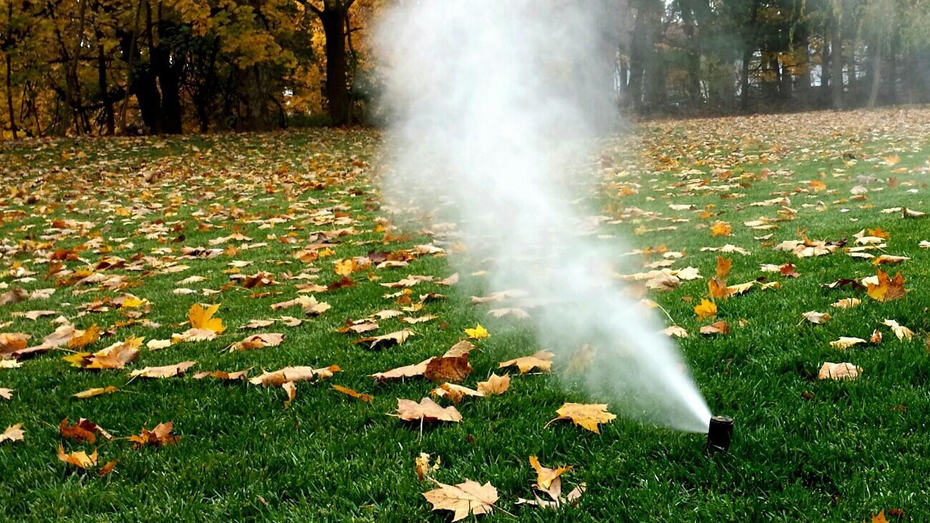
30 Dec Do I Need to Winterize My Sprinkler System?
As winter arrives and freezing temperatures follow, preparing for those frigid winter days becomes increasingly important. There are plenty of tips for preventing pipe freeze inside of your home, but what about your outdoor sprinkler system? Do you even need to winterize it?
Truthfully, the answer to that question depends on where you live. If you live in an area with a cold climate that regularly sees temperatures below freezing, or you see harsh weather often, winterizing your sprinkler system is essential. Failing to do so will lead to the need for a new system when the season ends.
In this article, we’re going to cover when you need to worry about winterizing your sprinkler system and how to do so.
When to Winterize Your Sprinklers
The general rule for winterizing your sprinkler system is at least one week before the first freeze of the winter. Doing this will avoid potential damage to your system from freezing water. When winter is approaching, it’s important to pay close attention to the forecast and winterize your sprinkler system as soon as you see temperatures of 32 degrees Fahrenheit or lower.
32 degrees Fahrenheit is also known as the freezing point for water. When you see this temperature in the forecast, you know to drain the sprinklers completely to keep the water from freezing.
How to Effectively Winterize Your Sprinkler System
Winterizing a sprinkler system sounds like a lengthy, time-consuming process. However, it really just refers to the draining of your irrigation system before the first freeze of the year. This is a vital process in sprinkler system upkeep as failing to do so will cause your system to sustain damage that will sit until everything thaws in the spring.
When water isn’t drained entirely from your sprinkler system, it expands when it freezes. If there’s enough water still in your pipes, it has the potential to explode. So, if you want to save your money, taking the time to winterize your sprinkler system is a must.
To properly winterize your sprinkler system, follow these steps:
- Shut the water off. This means shutting off the main water supply to the system and any pipes leading to your backflow device if you have one.
- Make sure the timer is off. Most sprinkler systems run on a timer, so it’s important to make sure that’s switched off so water won’t flow to each release valve anymore.
- Drain the sprinkler’s water supply. Although you no longer have new water flowing through the system, you still need to get rid of any standing water in the pipes. This can be done via manual, automatic, or blow-out draining.
- Insulate anything aboveground. Cover any valves, pipes, and backflow preventers with insulating material like foam covers or insulation tape. Take care not to cover any air vents or drain outlets on your backflow preventer.
Draining Methods
There are three different ways to drain your sprinkler system. Some sprinkler systems have a manual draining option where you empty the system at each valve, one at a time. Other systems have an automatic option where they drain once you shut off the main valve.
Blow-out draining is an option with some systems that let you connect an air compressor to the system to blow out any residual water.